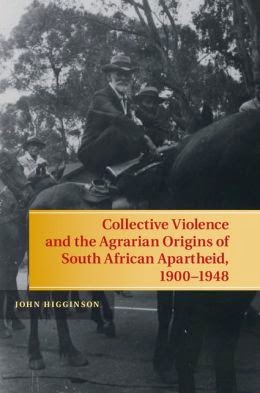 He has written a wide range of books, including the newly released Hi Hitler! How the Nazi Past is Being Normalized in Contemporary Culture and the edited collection, "If Only We Had Died in Egypt!" What Ifs of Jewish History From Abraham to Zionism. Rosenfeld is also the author of Building after Auschwitz: Jewish Architecture and the Memory of the Holocaust, The World Hitler Never Made: Alternate History and the Memory of Nazism, Munich and Memory: Architecture, Monuments and the Legacy of the Third Reich, and the co-edited work, Beyond Berlin: Twelve German Cities Confront the Nazi Past.
He has written a wide range of books, including the newly released Hi Hitler! How the Nazi Past is Being Normalized in Contemporary Culture and the edited collection, "If Only We Had Died in Egypt!" What Ifs of Jewish History From Abraham to Zionism. Rosenfeld is also the author of Building after Auschwitz: Jewish Architecture and the Memory of the Holocaust, The World Hitler Never Made: Alternate History and the Memory of Nazism, Munich and Memory: Architecture, Monuments and the Legacy of the Third Reich, and the co-edited work, Beyond Berlin: Twelve German Cities Confront the Nazi Past.Rosenfeld applied the “Page 99 Test” to Hi Hitler! and reported the following:
Symbolically, it would make more sense to turn to page 88 than 99 of Hi Hitler! to get a sense of the book. In Germany today, neo-Nazis use the number 88 to communicate their admiration of the Führer (the reason is that the number 8 corresponds to the letter H, and two H’s stands for “Heil Hitler.”) Whichever of the two pages readers turn to, they will discover an analysis of the ongoing debate about the Holocaust’s uniqueness.Visit Gavriel D. Rosenfeld's website.
Since the 1990s, the idea that the Nazi murder of the Jews differs substantially from other cases of genocide has been intensely discussed among historians, journalists, and other writers. Of late, critics of uniqueness, such as Timothy Snyder, Donald Bloxham, and Dirk Moses, have clashed with defenders of the concept, thereby shedding light on the ongoing struggle to shape the memory of the Nazi past.
The debate about the Holocaust’s uniqueness is one of many topics that Hi Hitler! examines as part of its larger analysis of the normalization of the Nazi era in contemporary western life. The book casts its focus both high and low, analyzing historiographical debates about the origins of the Second World War; scholarly and literary “what ifs?” about the Third Reich, and popular novels, films, and internet memes about Adolf Hitler. All of these works reveal how larger social, political, and cultural forces in the new millennium are promoting the relativization, universalization, and aestheticization of the Nazi legacy. They show how Hitler and the Third Reich are increasingly being viewed as symbols of humor instead of horror.
Writers Read: Gavriel D. Rosenfeld.
--Marshal Zeringue


















